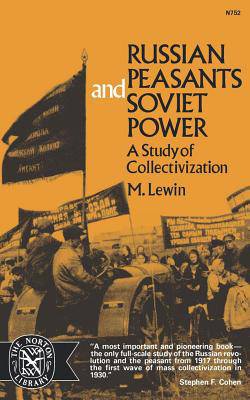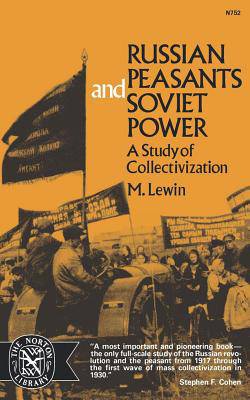
- Afhalen na 1 uur in een winkel met voorraad
- Gratis thuislevering in België vanaf € 30
- Ruim aanbod met 7 miljoen producten
- Afhalen na 1 uur in een winkel met voorraad
- Gratis thuislevering in België vanaf € 30
- Ruim aanbod met 7 miljoen producten
Zoeken
€ 48,45
+ 96 punten
Omschrijving
The collectivization of the peasants in the USSR constituted a social upheaval of a totally unprecedented nature. It was one of the most remarkable events of the present century and it has a history as long as that of Soviet power itself. The idea of a collectivized agriculture, much favoured by the leadership after the revolution, had been left in abeyance during the NEP period. Interest in the idea, and in the collective movement, revived at the time of the 'grain crisis' at the beginning of 1928. It was during this crisis that collectivization of the peasantry and the creation of a powerful kolkhoz and sovkhoz sector began to be taken seriously as a means of solving, at one and the same time, both the formidable problem of grain and the whole 'accursed problem' of relations between the Soviet authorities and the peasants.
Specificaties
Betrokkenen
- Auteur(s):
- Uitgeverij:
Inhoud
- Aantal bladzijden:
- 544
- Taal:
- Engels
- Reeks:
Eigenschappen
- Productcode (EAN):
- 9780393007527
- Verschijningsdatum:
- 1/01/1975
- Uitvoering:
- Paperback
- Formaat:
- Trade paperback (VS)
- Afmetingen:
- 128 mm x 196 mm
- Gewicht:
- 476 g

Alleen bij Standaard Boekhandel
+ 96 punten op je klantenkaart van Standaard Boekhandel
Beoordelingen
We publiceren alleen reviews die voldoen aan de voorwaarden voor reviews. Bekijk onze voorwaarden voor reviews.











